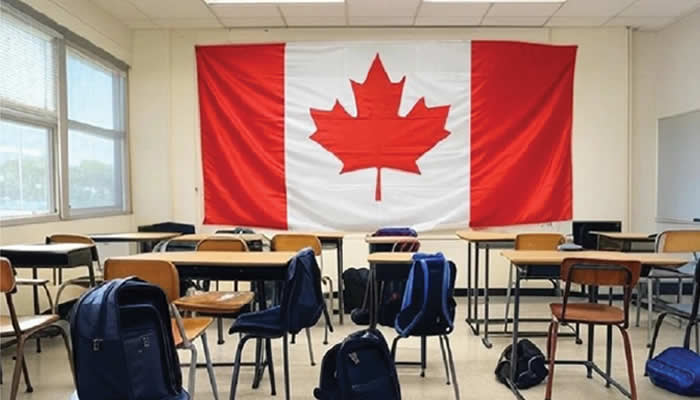
Universities in Canada have raised alarm over a significant drop in international student enrolment following the cap on student visa.
Gabriel Miller, president of Universities Canada, told Global News that initial projections suggest a dramatic 45% drop in international student enrolments once universities complete their tallies in October.
“There’s every possibility that it’s going to be even worse than we fear,” Miller said in an interview. “We’re already in uncharted territory, and this should be a wake-up call for Ottawa to take immediate action.”
Neighbor recounts how woman abused 12 years old niece, burnt her with hot knife and forced…..0:00 / 0:00
The national cap, introduced in January by Immigration Minister Marc Miller, was initially aimed at reducing international student intake by 35% over the next two years.
The temporary measure was put in place to address concerns over housing, healthcare, and other services strained by the growing number of international students.
The government initially estimated that approximately 364,000 study permits would be approved in 2024, but this figure has since been revised to around 292,000.
The reduction is especially targeted at provinces experiencing the most significant growth in student numbers.
Universities Canada is worried about the long-term effects of the cap on enrolment and competitiveness. International students, according to Miller, are crucial not only for enhancing the educational experience but also for contributing financially to Canadian institutions and the broader economy.
“The cap’s collateral damage will hurt our ability to attract and retain talent in the future,” he added.
In response to these concerns, the immigration minister’s office noted that, while they have seen a reduction in approvals compared to 2023, it is still too early to assess the full impact. The busiest period for study permit processing—August and September—has yet to be fully analyzed. The office added that more accurate data would be available once the final numbers for the fall 2024 and winter 2024 seasons are collected.


